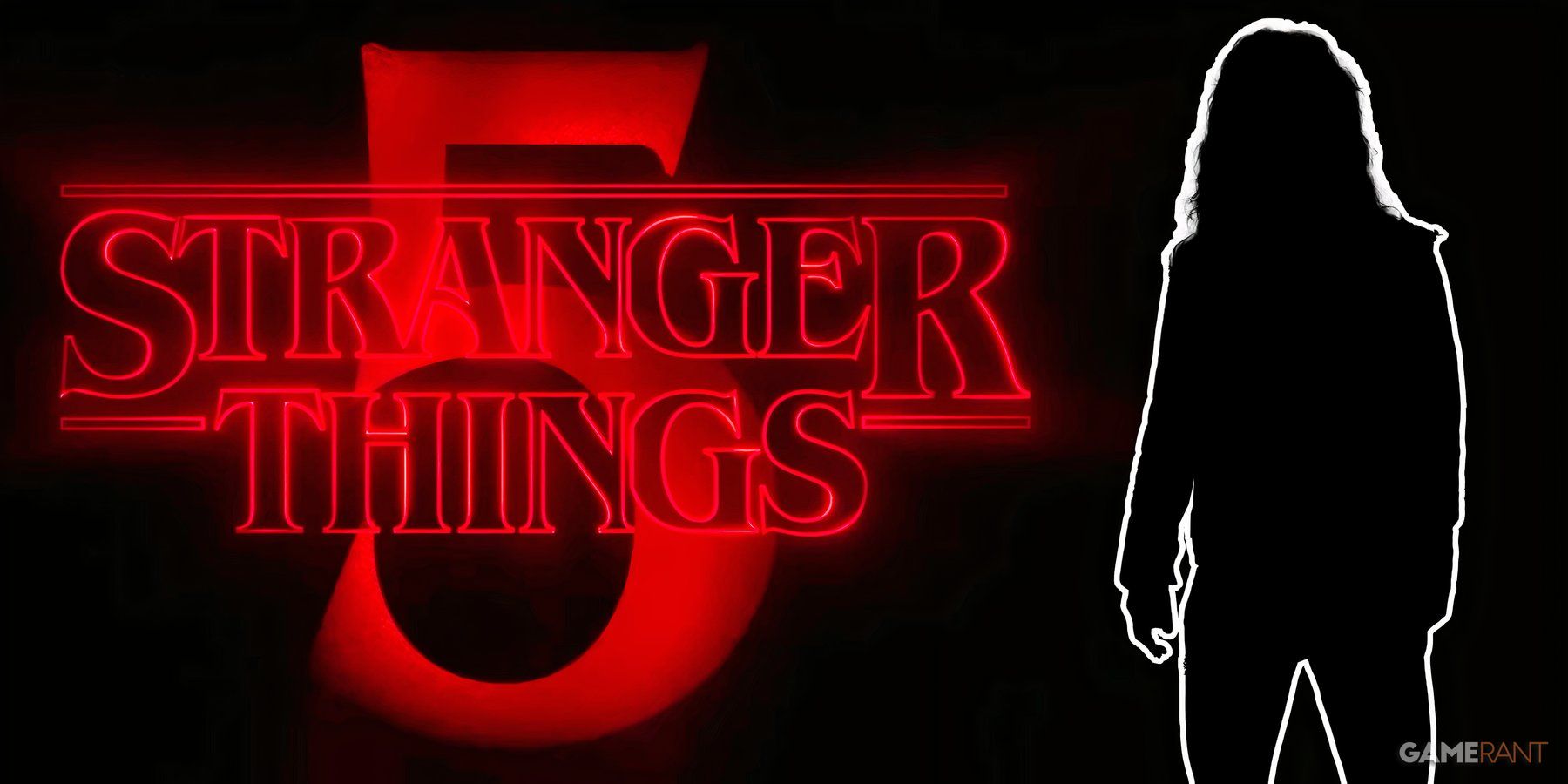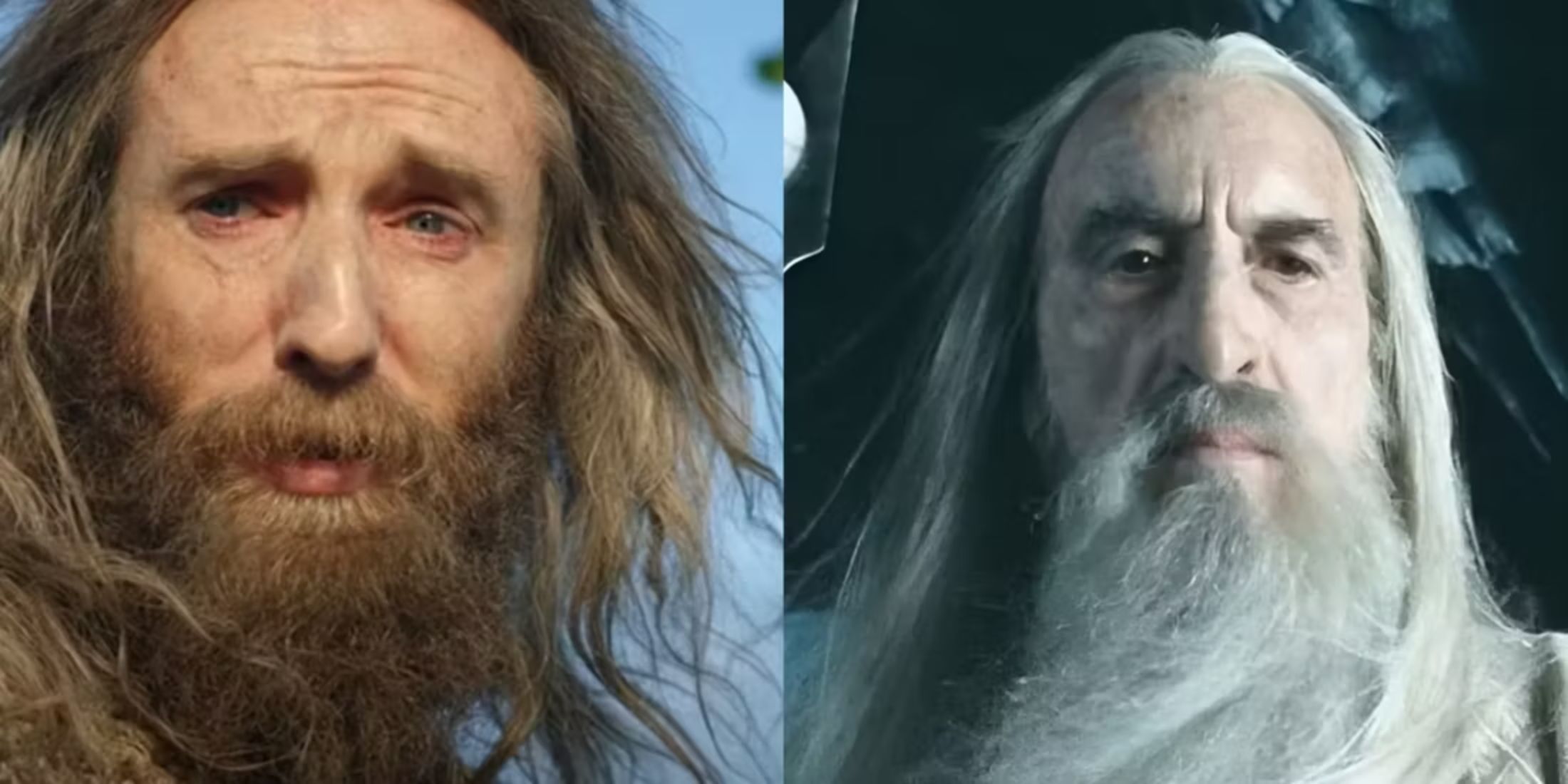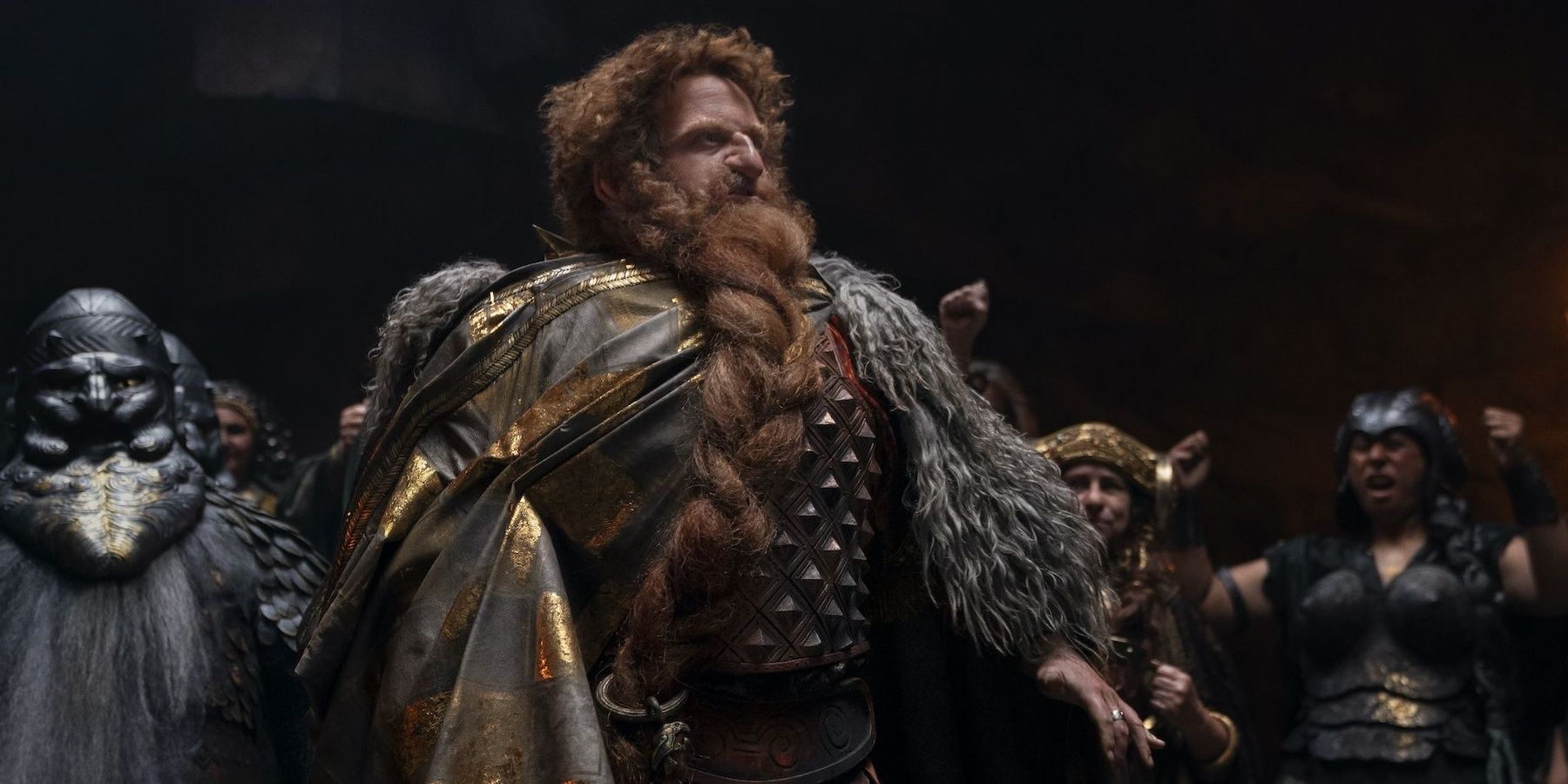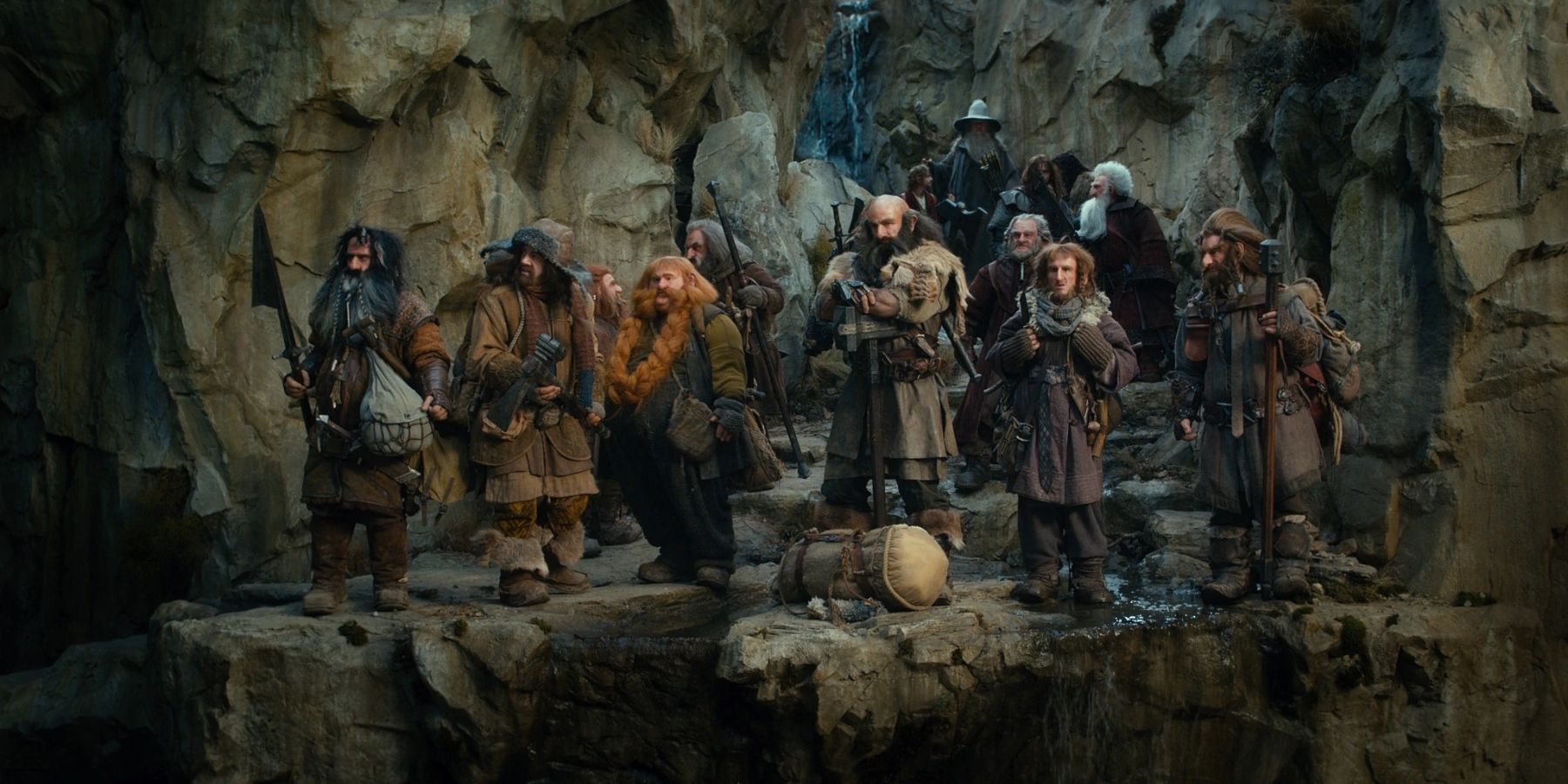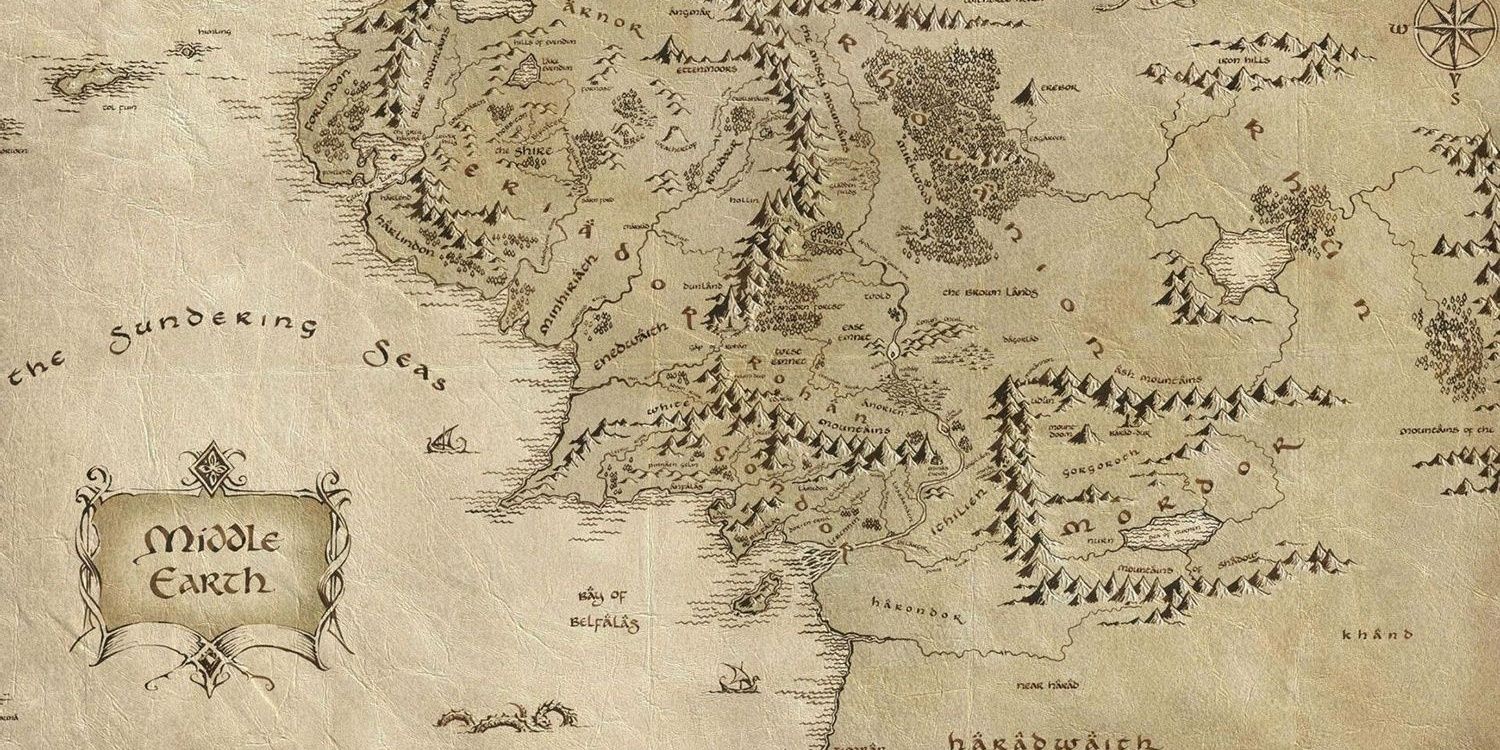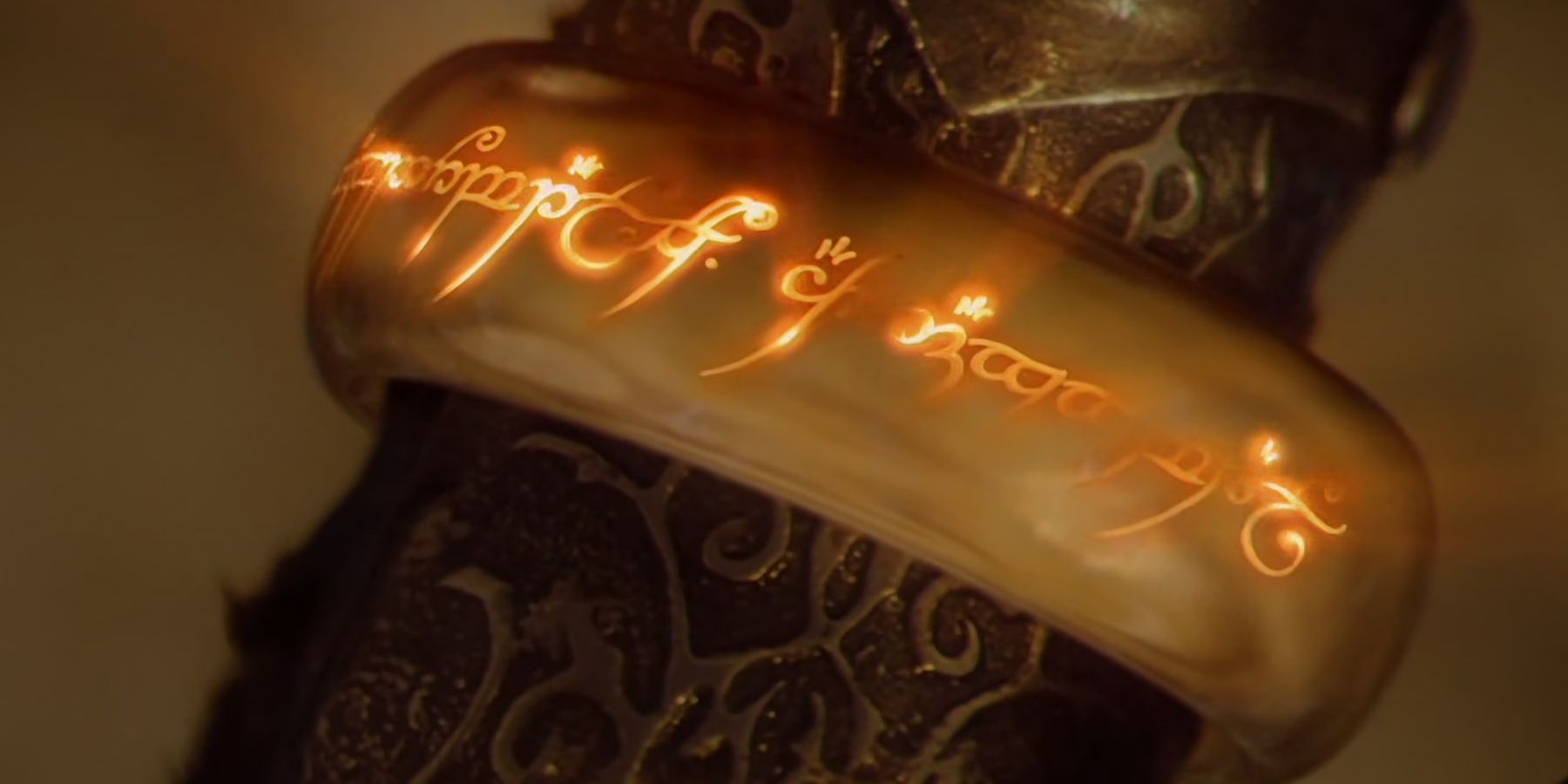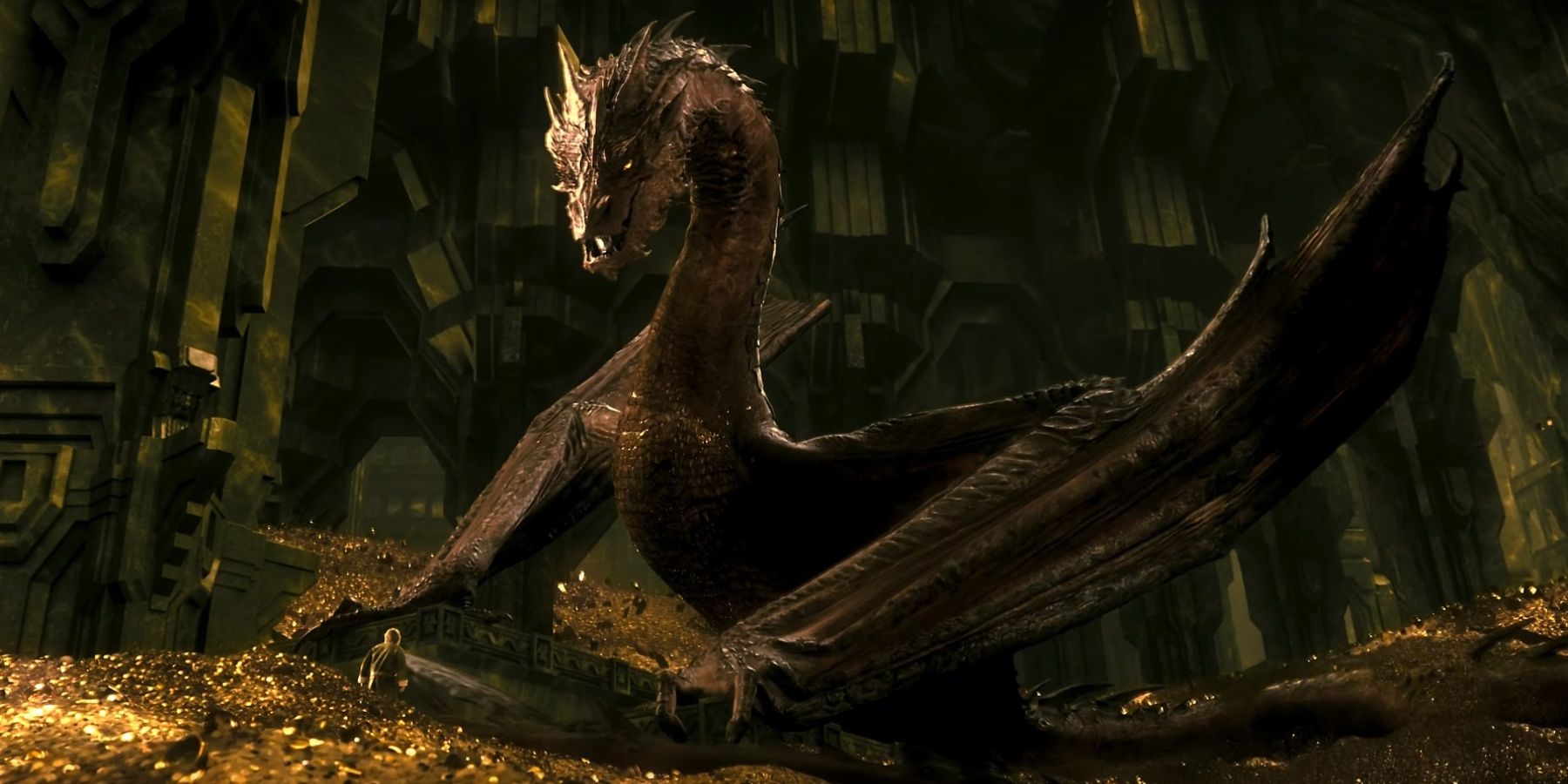The world of J.R.R. Tolkien's Lord of the Rings is rich with eons of lore, both literal and figuratively. Each of Tolkein's races is complete with sprawling historical records spanning the major ages of Middle-earth. The central conflict of both the Second and Third Ages concerns the Rings of Power - magically infused rings secretly meant to aid Sauron's goal of conquering all the peoples of Middle-earth.
Lord of The Rings fans are doubtless familiar with the ways that the Rings of Power led to the fall of the races of Elves and Men. But how did the Dwarves deal with Sauron's insidious plot, and what became of their leaders during the forging of the Rings?
What are the Seven Dwarf Clans?
During the First Age, the three main races of Middle-earth - the Elves, Men, and the Dwarves - came into being. Ilúvatar (the uppercase "G" God of Tolkein's mythology), personally created the Elves and Men. But Ilúvatar took His time making his chosen children and Aulë, one of the Vala (like archangels or lowercase "g" gods"), grew impatient for their arrival.
As he was essentially the god of smithing, Aulë was eager to have students to teach and care for, so he fashioned the Dwarves out of stone. This was during the period known as the Sleep of Yavanna, when Middle-earth was a dark, dangerous place overrun with monsters so, to ensure their survival, Aulë gave the Dwarves their trademark strength and durability. He tried his best to make these new creatures match Iluvatar's designs for the Elves and Men. But as he had never seen the designs himself and could only guess based on vague impressions, the Dwarves turned out shorter and more stout. When Ilúvatar discovered what Aulë had done, He spared the Dwarves but required Aulë to put them to rest in various places around Middle-earth to await the awakening of the Elves.
Aulë made seven in total and those seven were known as the Fathers of the Dwarves. Their descendants would form the Seven Dwarf Clans - the Longbeards, the Broadbeams, the Firebeards, the Ironfists, the Stiffbeards, the Blacklocks, and the Stonefoots. The firstborn of the Seven was the famous Durin, direct ancestor of Thorin Oakenshield and indirect ancestor of Gimli. Durin awoke alone at Mount Gundabad in the Misty Mountains where he founded the Longbeards at Khazad-dûm (also known as Moria) and went on to perform many great works.
These seven original Dwarves were effectively immortal, said to return to life every so many generations. But unlike traditional notions of reincarnation, their bodies were preserved, and their souls would reanimate them again and again. Durin, for instance, was said to have returned to life six times to help guide his people. Nevertheless, the leadership of the clans passed down through the generations to many different Lords. Of them all, it is the Seven who ruled during the forging of the Rings of Power that have had perhaps the most impact on the history of Middle-earth.
Who were the Seven Dwarf Lords of the Second Age?
During the Second Age, which commenced with Morgoth's banishment, Sauron, one of the fallen dark lord's chief lieutenants, orchestrated the creation of the Rings of Power. The rings were intended for the Elves, who sought to slow the decay of the world, preserving what they considered to be its beauty. As eternal beings, who hailed from Valinor (which was essentially Tolkein's Garden of Eden) the Elves hated change and sought to forestall their own inevitable "fading." They understood that, as the world became more and more like the one we live in today, there would eventually be no place for themselves or magic generally.
Capitalizing on their fear, Sauron disguised himself as Annatar, a celestial being of pure nature and convinced Celebrimbor, renowned Elven smith, to forge the nineteen Rings. As any Lord of the Rings fan will know, the saying goes, "Three Rings for the Elven-Kings under the Sky, Seven for the Dwarf-lords in their halls of stone . . ." on down to nine for humans, and one that Sauron himself would use to control them all. The Seven Dwarven Rings went to the Seven Dwarf Lords of the Era, one for each clan.
Not much is known about the Lords themselves, only that they proved resistant to the rings' influence. As they were created by Aulë and not directly woven into the same tapestry of creation that brought about the Elves and Men, they were not susceptible to direct control by Sauron and his One Ring. Nevertheless, the Rings did ultimately bring about ruin for the Seven Clans. As the Seven Dwarven Rings were used only for gaining wealth by multiplying whatever was mined, they ultimately made the Dwarf lords more greedy. With the use of the Seven Rings, the Clans made the Seven Hoards of the Dwarf Kings - legendary mounds of treasure, each held by a different clan.
What happened to the Dwarf Lords?
The Seven Hoards and their seven Lords ultimately ended in ruin. Four of the hoards attracted dragons, similar to how Smaug was drawn to attack the Lonely Mountain in The Hobbit. These dragons swallowed four of the Seven Rings, destroying the cities and hoards, and presumably claiming the lives of some if not all of the affected lords in the process. Sauron recovered two of the rings personally, though it is unclear what happened to their wearers.The final ring was passed to Thrain II, father of Thorin Oakenshield, and Lord of Durin's Folk, the Longbeards during the Third Age. Sauron would ultimately recover this ring when Thrain II was captured by the dark lord's forces and tortured.
Outside the formation of the Seven Rings, most of the provided Dwarven history concerns Durin's folk, the Longbeards. After Smaug's Desolation, Durin's clan became a nation of wanderers, never to know a homeland until the events of The Hobbit when the dragon was defeated. The exact fate of the other Clans is largely unknown though some are documented to have integrated with other, larger clans. An example is the way that the Firebeards and Broadbeams, both of whom originally awoke in the Blue Mountains, lost their homes and fled to Moria to join with colony of Durin's descendants stationed there.


